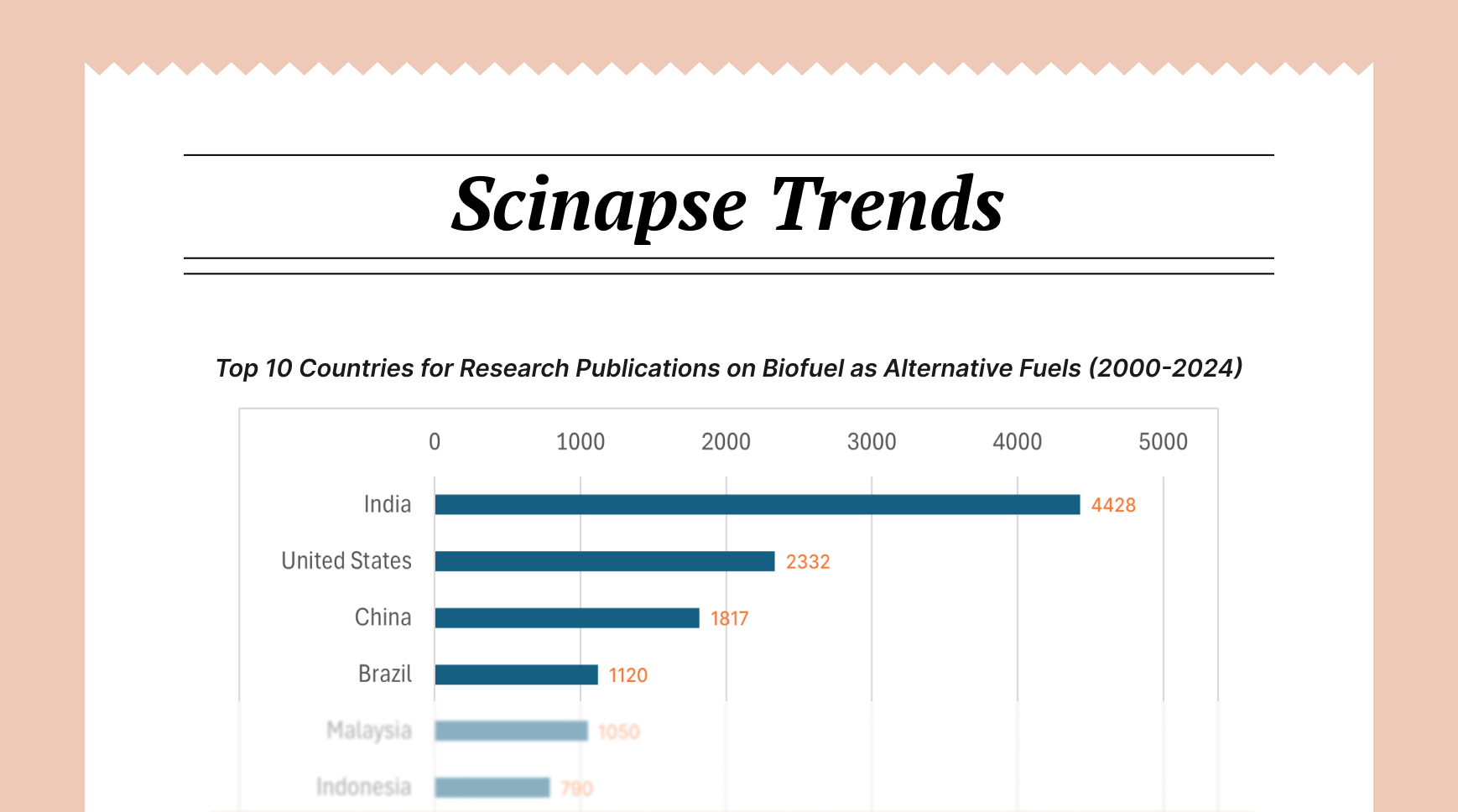Navigating the Landscape of Anticoagulation and Vitamin K: Evolving Strategies and Emerging Roles (2020-2024)
DOACs vs VKAs: Latest anticoagulation research, patient strategies & Vitamin K's emerging roles beyond coagulation (ferroptosis).
Introduction
The past five years have witnessed significant advancements in our understanding and application of anticoagulation therapies, particularly with the rise of direct oral anticoagulants (DOACs). Simultaneously, research has expanded our knowledge of Vitamin K's multifaceted roles beyond coagulation, impacting areas like cardiovascular health, bone metabolism, and even cellular processes like ferroptosis. This mini-review synthesizes key findings from 2020 to 2024, focusing on DOACs in atrial fibrillation (AF) and venous thromboembolism (VTE), and the expanding roles of Vitamin K.
DOACs vs. VKAs: Efficacy, Safety, and Specific Populations
A major focus has been on comparing DOACs to vitamin K antagonists (VKAs), primarily warfarin, in various clinical scenarios. Christopher B. Granger's research group has consistently performed patient-level network meta-analyses, providing valuable insights into the comparative effectiveness and safety of DOACs versus warfarin in AF patients, including interaction testing by age and sex (Anthony P. Carnicelli et al., 2020, Circulation, Anthony P. Carnicelli et al., 2021, Circulation, Anthony P. Carnicelli et al., 2022, Circulation). These analyses contribute to the ongoing refinement of anticoagulation guidelines.
Specific populations have also been a focus. An S. De Vriese and colleagues investigated the safety and efficacy of VKAs versus rivaroxaban in hemodialysis patients with AF, a challenging population to treat (An S. De Vriese et al., 2020, Journal of the American Society of Nephrology, An S. De Vriese et al., 2021, Journal of the American Society of Nephrology). Similarly, Reinhold Kreutz's work has focused on DOACs in AF patients with advanced chronic kidney disease (Reinhold Kreutz et al., 2024, JACC Advances). Lies Lahousse's research group has investigated the impact of frailty and polypharmacy on the effectiveness and safety of NOACs in AF patients, highlighting the importance of individualized treatment approaches (Maxim Grymonprez et al., 2023, Thrombosis and Haemostasis, Maxim Grymonprez et al., 2023, Front. pharmacol., Maxim Grymonprez et al., 2023, European Heart Journal - Quality of Care and Clinical Outcomes). Linda P.T. Joosten and Geert-Jan Geersing's group have specifically examined the safety of switching from VKAs to NOACs in frail older AF patients (Linda P.T. Joosten et al., 2022, Circulation, Linda P.T. Joosten et al., 2023, Circulation).
The management of left ventricular thrombus (LVT) has also seen investigation. Ronny Alcalai's group conducted a prospective randomized trial comparing apixaban with warfarin in LVT patients (Ronny Alcalai et al., 2021, European Heart Journal - Cardiovascular Pharmacotherapy).
Expanding Roles of Vitamin K: Beyond Coagulation
Research has broadened the scope of Vitamin K's biological functions. Eikan Mishima's work has revealed a non-canonical vitamin K cycle that acts as a potent suppressor of ferroptosis, a form of programmed cell death (Eikan Mishima et al., 2020, Nature, Eikan Mishima et al., 2021, Nature, Eikan Mishima et al., 2022, Nature). This finding opens new avenues for exploring Vitamin K's role in various diseases. Yuanyuan Xie and Shuzhuang Li's group reviewed the role of Vitamin K in infection, inflammation, and auto-immunity (Yuanyuan Xie et al., 2024, Journal of Inflammation Research).
The impact of Vitamin K on cardiovascular health remains an active area of investigation. Axel Diederichsen's group investigated the effects of Vitamin K2 and D supplementation on aortic valve calcification (Axel Diederichsen et al., 2022, Circulation). Daan Kremer's group studied the effect of vitamin K supplementation on serum calcification propensity and arterial stiffness in vitamin K-deficient kidney transplant recipients (Coby Eelderink et al., 2023, American Journal of Transplantation). Nerea Alonso and Markus Herrmann's group reviewed the role of Vitamin K in bone and muscle metabolism (Nerea Alonso et al., 2022, Calcified Tissue International).
Guidelines and Practical Considerations
Several publications focused on providing practical guidance for clinicians. Jan Steffel's group published updated European Heart Rhythm Association (EHRA) Practical Guides on the use of NOACs in AF (Jan Steffel et al., 2020, EP Europace, Jan Steffel et al., 2021, EP Europace). James D. Douketis provided an overview of the perioperative management of antithrombotic therapy (James D. Douketis et al., 2022, CHEST Journal). Oliver Grottke's group published a clinical guideline on the reversal of DOACs in patients with life-threatening bleeding (Oliver Grottke et al., 2024, European Journal of Anaesthesiology).
Conclusion
The last five years have seen a continued evolution in the use of anticoagulants, particularly DOACs, with a growing body of evidence supporting their efficacy and safety in various patient populations. Research has also significantly expanded our understanding of Vitamin K's roles beyond coagulation, opening new avenues for investigation and potential therapeutic applications. Future research should focus on personalizing anticoagulation strategies based on individual patient characteristics and further elucidating the mechanisms underlying Vitamin K's diverse biological effects.
✨ About This POST
This mini-review post was generated through Scinapse. Scinapse provides reliable research trend analysis using citation analysis and AI technology.
Check out the trends in your field too!
Get started at https://scinapse.io


Comments ()